Your bag’s hidden journey from check-in to plane
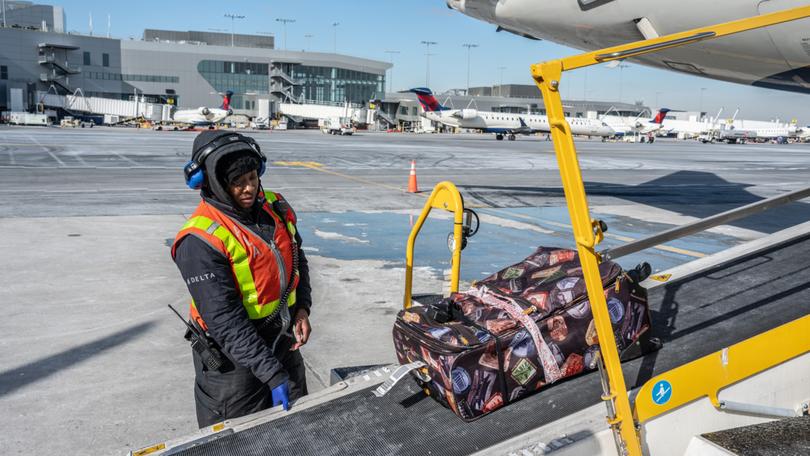
Checking a bag is an exercise in trust. The hope? That you will be reunited painlessly with your possessions after many labor-intensive steps involving heavy machinery and numerous workers, often across multiple airports.
While several million bags end up getting lost or damaged by U.S. airlines every year, the overwhelming majority of checked baggage (some 480 million bags in 2023) are returned to their owners.
Checking your bag involves a significant amount of human effort: The average checked bag flown with Delta Air Lines is guided by nine people, including ticket agents and a handful of baggage handlers.
Sign up to The Nightly's newsletters.
Get the first look at the digital newspaper, curated daily stories and breaking headlines delivered to your inbox.
By continuing you agree to our Terms and Privacy Policy.We recently spent a day at LaGuardia Airport’s Terminal C, to get an inside look at the journey of a bag checked with Delta.
At the check-in counter
Ideally, checking a bag takes just a few minutes, barring long lines at the terminal. Customers begin the process at a self-service kiosk or at the counter with a ticket agent. (TSA PreCheck travellers flying Delta can shave off more time by using Digital ID, a document-free process that relies on biometrics.)
Bag tags are printed with essential information about your itinerary, including whether you have a tight connection. A chip with radio frequency identification technology is embedded in the tag — about the size of a nickel — and scanned at different points, providing regular location updates to the airline.
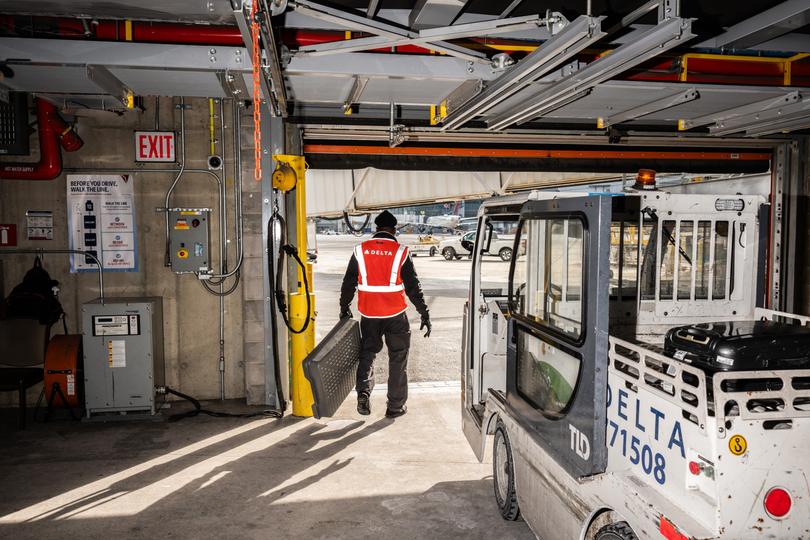
After the tag is attached to the bag, a ticket agent takes the luggage and places it on the conveyor belt, which transports it to be screened by the Transportation Security Administration.
TSA screening
Within a few minutes, the bag reaches TSA screening. The agency uses CT scanning machines, which allow for 3D analysis of a bag’s contents. TSA agents don’t need to be present for this step.
For Delta and the overall airline industry, the number of passengers — and checked bags — has risen steadily in recent years.
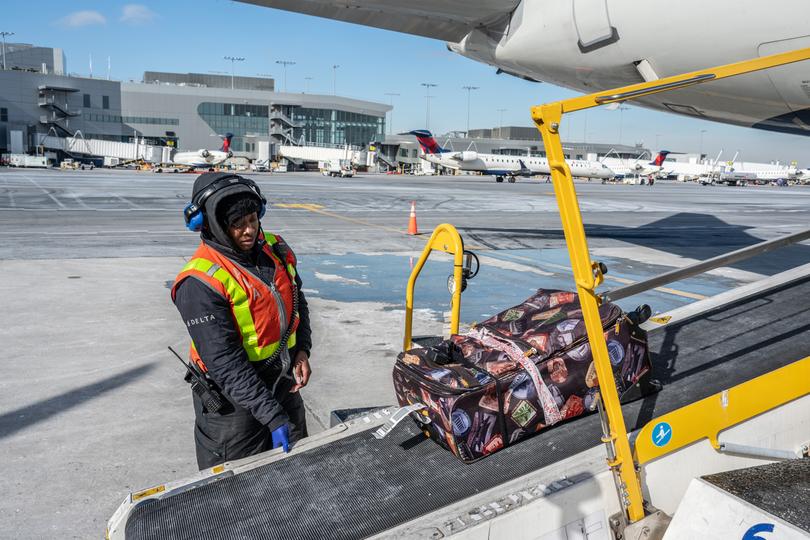
Here, TSA agents may open it, breaking luggage locks if necessary, and pore over the contents to ensure there aren’t weapons, explosives or other threats. Overstuffed bags can complicate this process, agents said. Duffel bags aren’t easy to sift through, either.
Agents will leave a notice of baggage inspection, playfully referred to as a “TSA love note.”
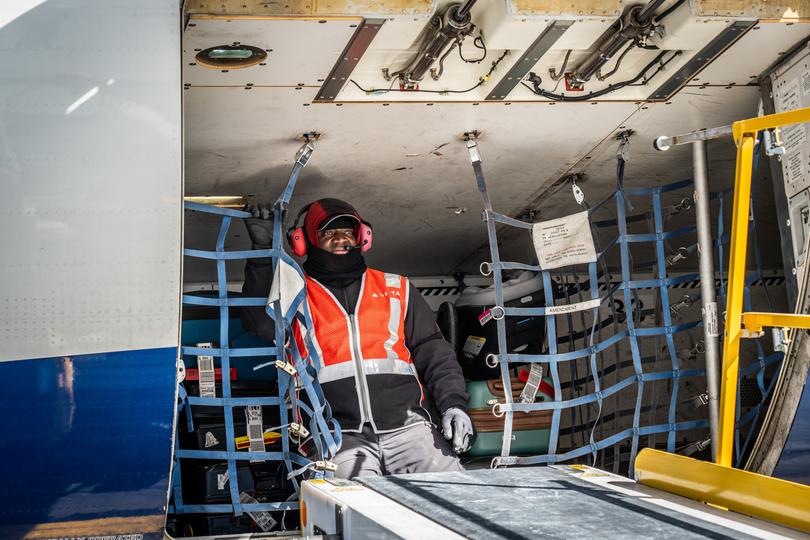
The process for pets traveling as checked baggage differs. Pets don’t travel on the conveyor belt and are screened by hand, a TSA spokesperson said. And the animals are loaded into the plane last and unloaded first upon arrival, a Delta spokesperson said. Oversize luggage continues on the conveyor belt after screening, like other baggage.
Last year at LaGuardia, Delta handled 4 million checked bags on 81,000 flights, a spokesperson said. Across its entire operations worldwide, Delta handled more than 145 million checked bags in 2024, about 5 million more than the previous year.

The bag room
The conveyor belt system at Terminal C is lengthy, clocking in at about 3 miles. The belts move the luggage from bag drop to screening and then to a carousel in the baggage room. Ramp agents then hoist the luggage into carts driven to the plane.
Bags are loaded into carts and organized by whether they’re local (to be picked up at the next destination), connecting or “hot” — at LaGuardia, that refers to a bag that has a connection of less than an hour. Then ramp agents drive the carts to the planes.
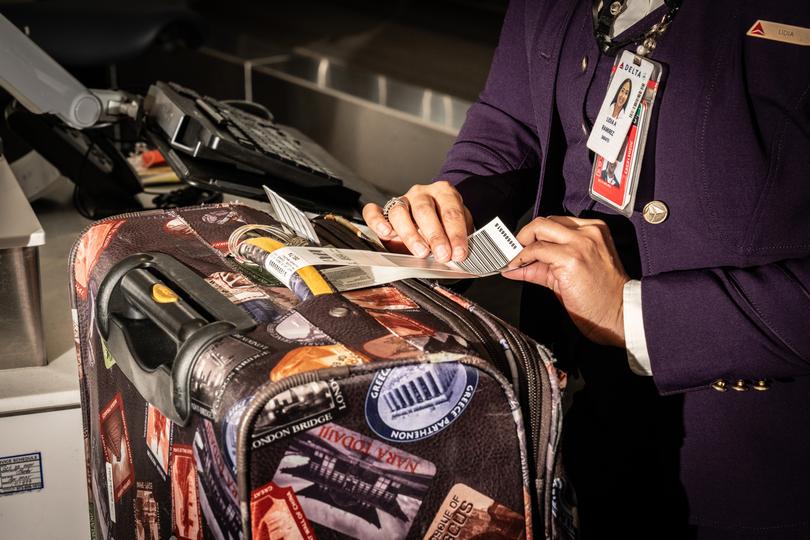
Agents can heft hundreds of bags daily. They take pride in the neatness and efficiency of their “stack,” said Jordan Machado, a ramp department manager for Delta at LaGuardia.
Stacking bags is “a whole competition sport” among the ramp agents, Machado said.
Onto the tarmac and onto the plane
Ramp agents (or “industrial athletes,” as Delta calls them) face a number of challenges inherent to the job: noise, poor weather and strain on the body.
For each departure at Terminal C, there’s a handful of agents handling luggage: a pair pulling the bags off the belt and a trio getting the bags loaded onto the plane and prepping it for takeoff.
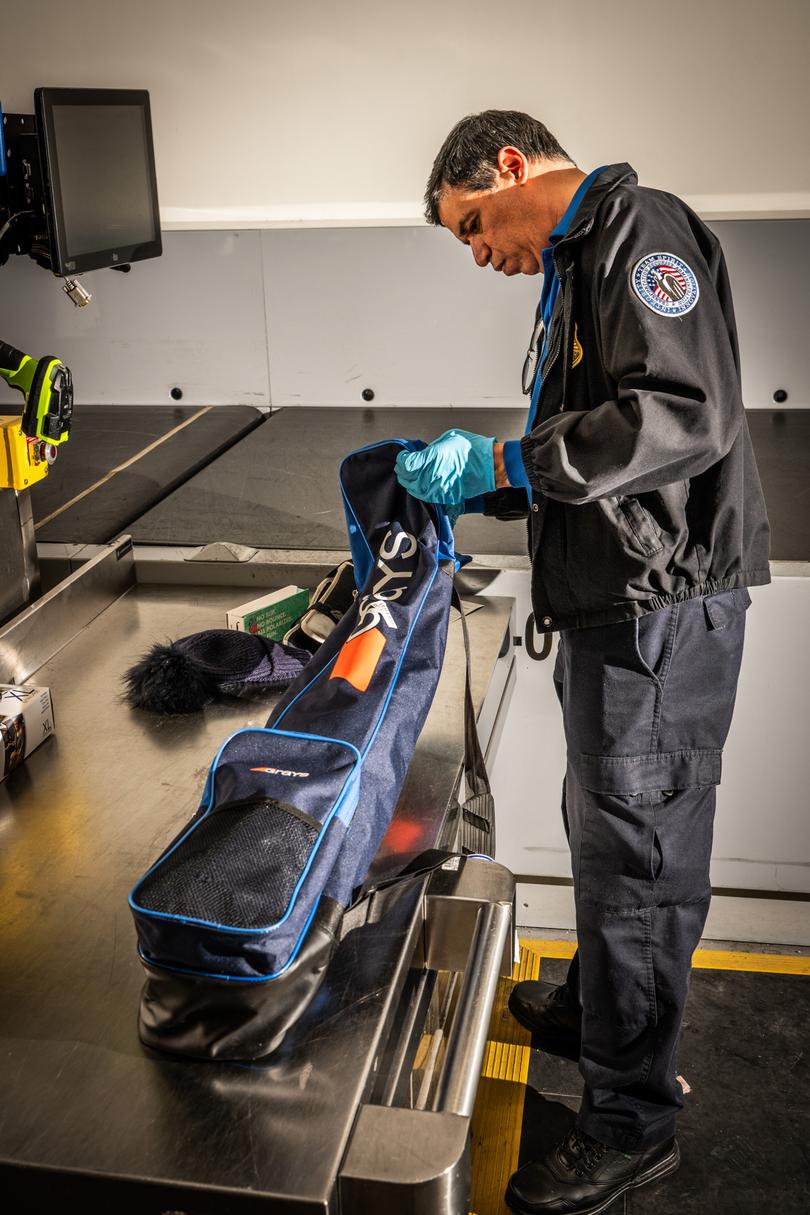
For DL994, ramp agents began loading bags into the plane’s cargo hold just after noon. The number of bags that can fit depends on the type of plane and on stacking strategy. The bags are scanned again as they enter the hold and are loaded into different bins depending on factors that include connection time and whether the passenger is in a priority cabin.
Each day, Delta operates an average of 260 flights at LaGuardia, with roughly 25,000 customers and about 8,000 bags. The airline relies on a team of some 1,000 ramp agents, said Adam Ryan, a vice president for airport operations at the airline.
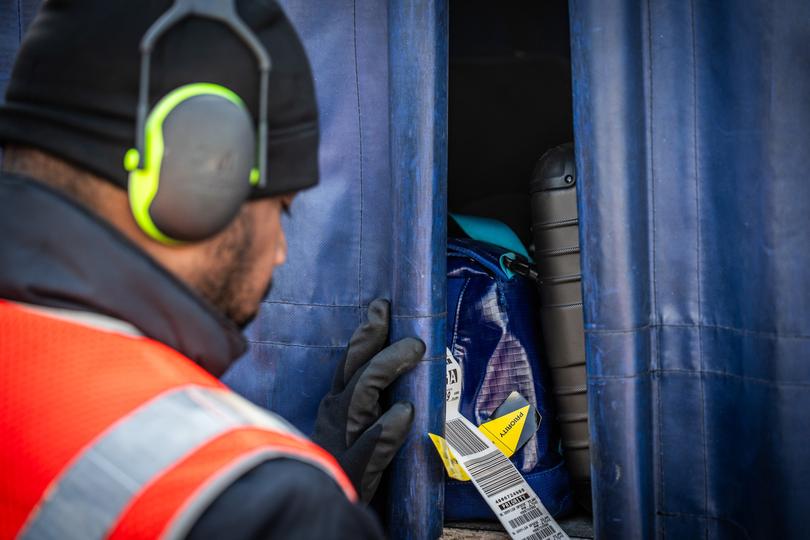
The handling process is intended to be swift. Across Delta’s operations, Ryan said, bag drop to loading should ideally take about 20 minutes.
By 12:46 p.m., two passengers and five checked bags were still missing. Five minutes later, all 60 checked bags were loaded and the plane, an Airbus A321, left its gate.
This article originally appeared in The New York Times.
© 2025 The New York Times Company
Originally published on The New York Times
